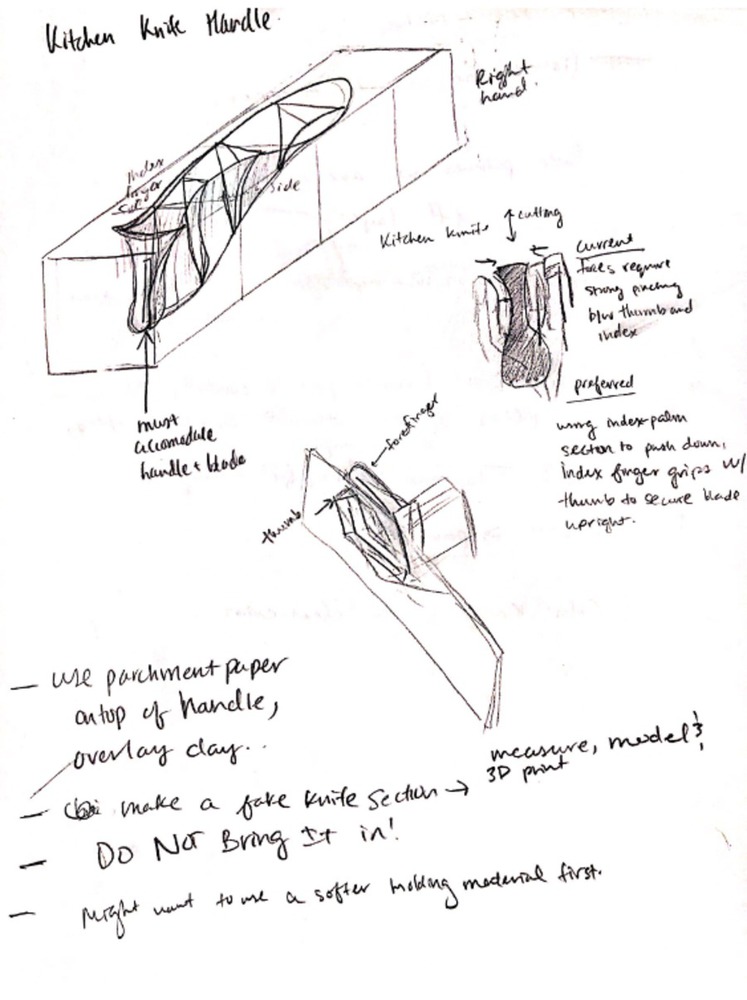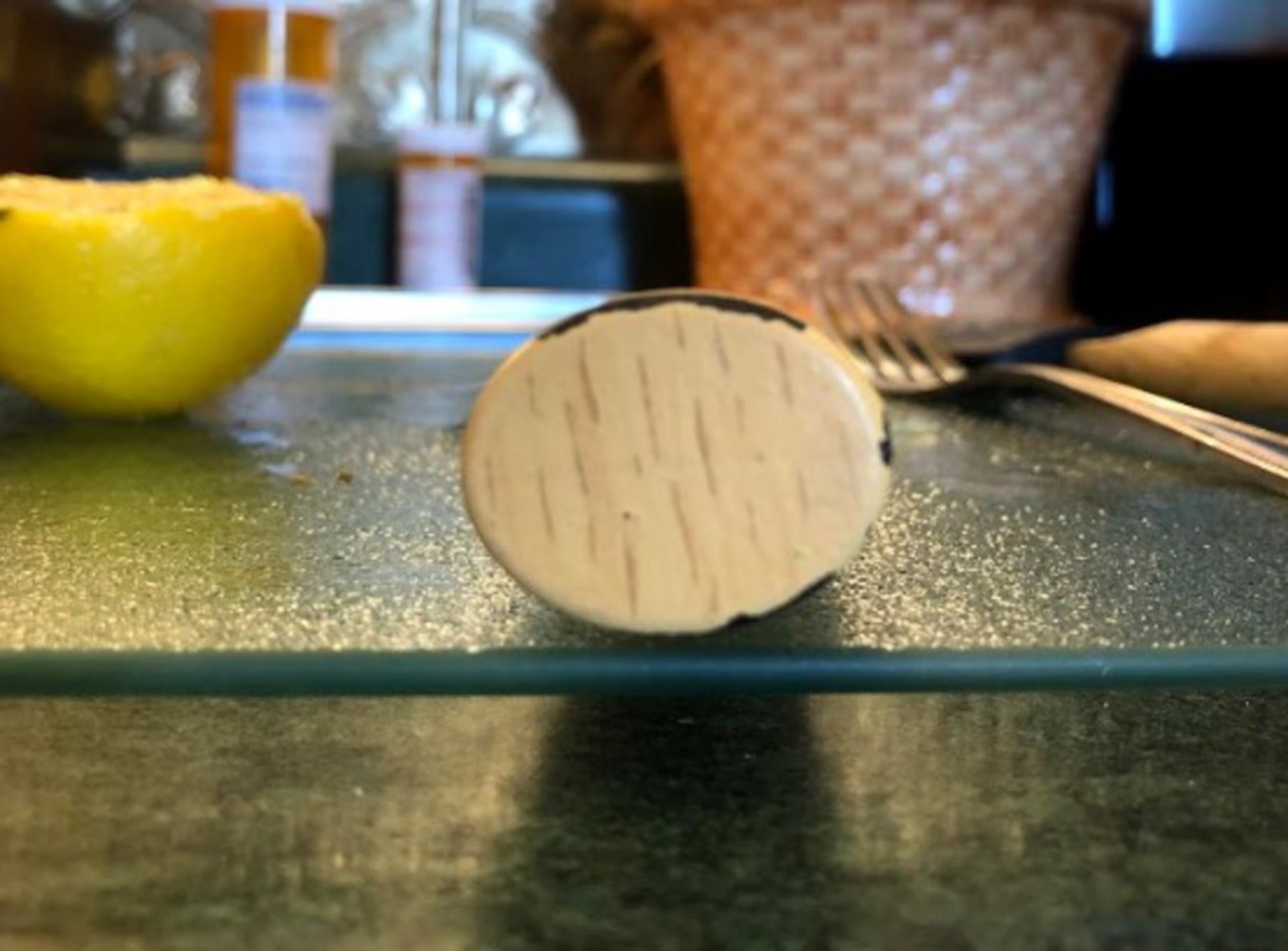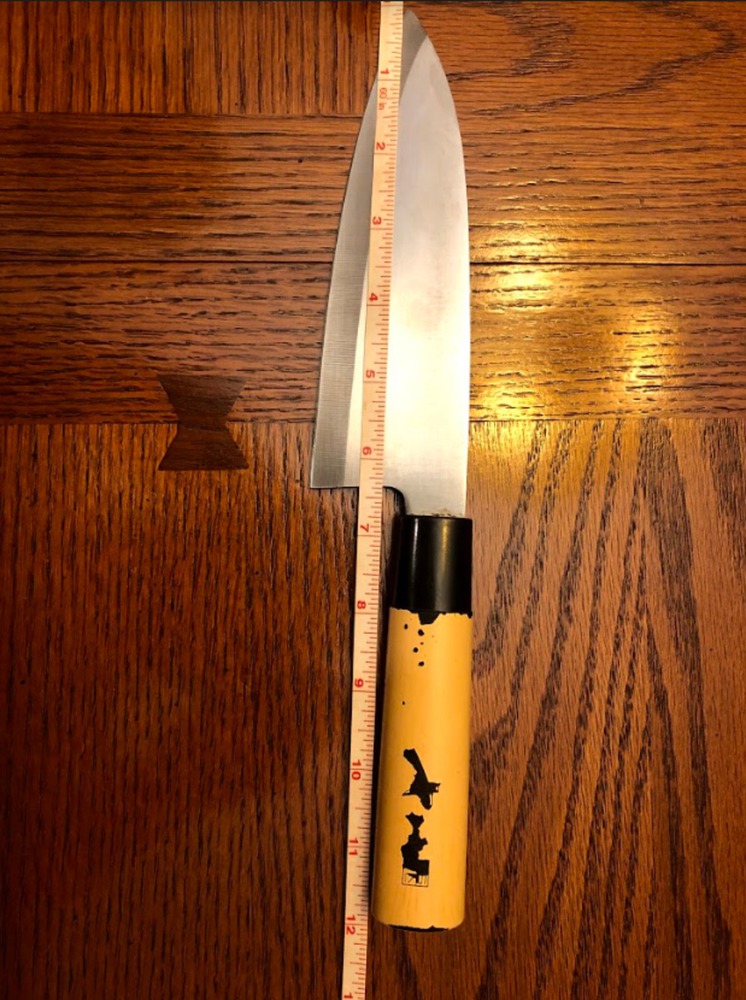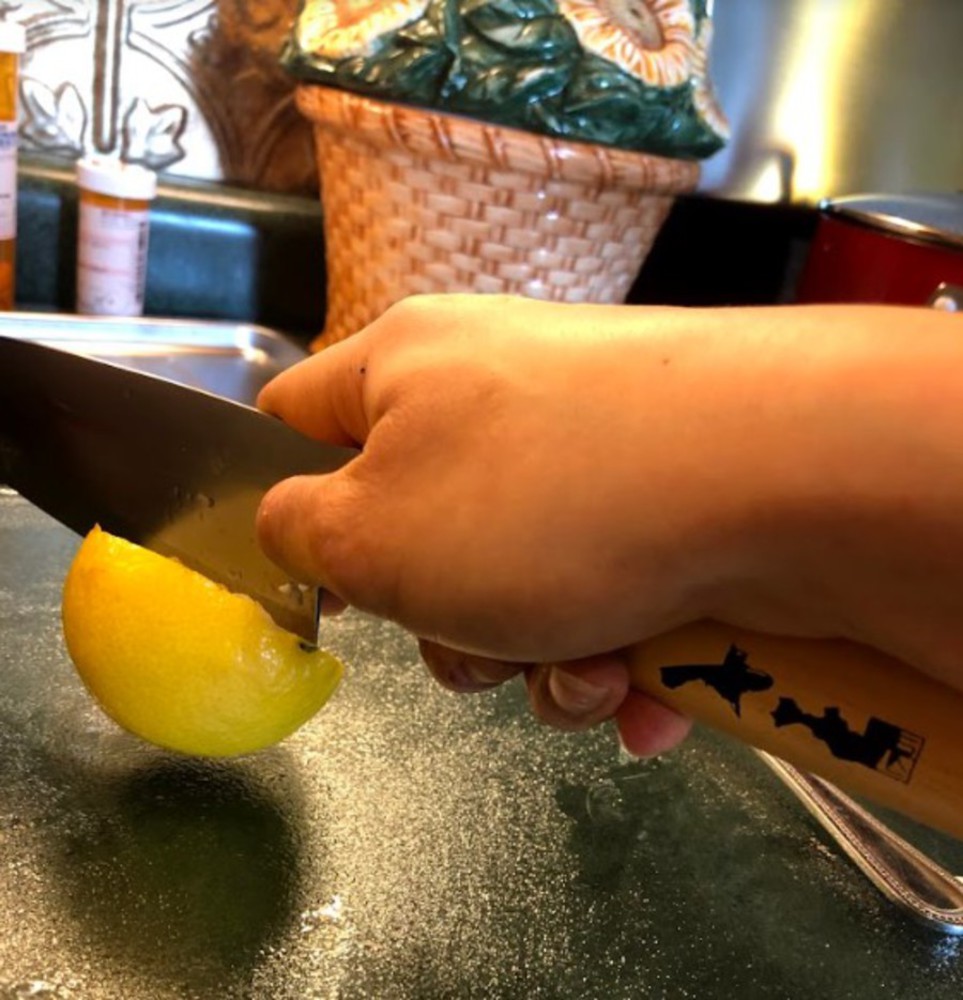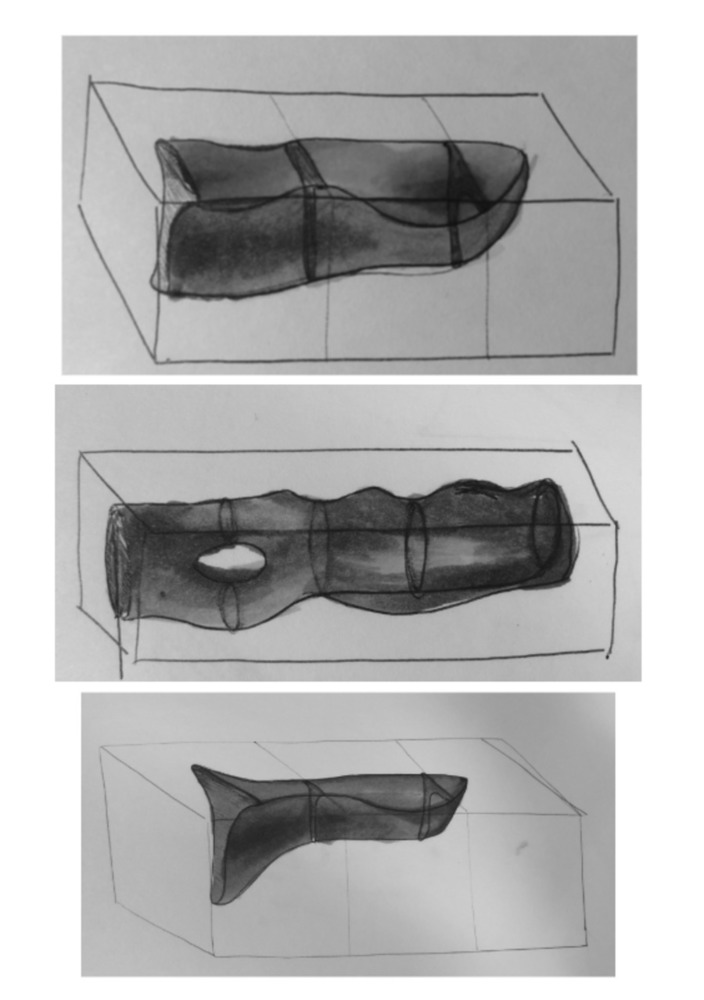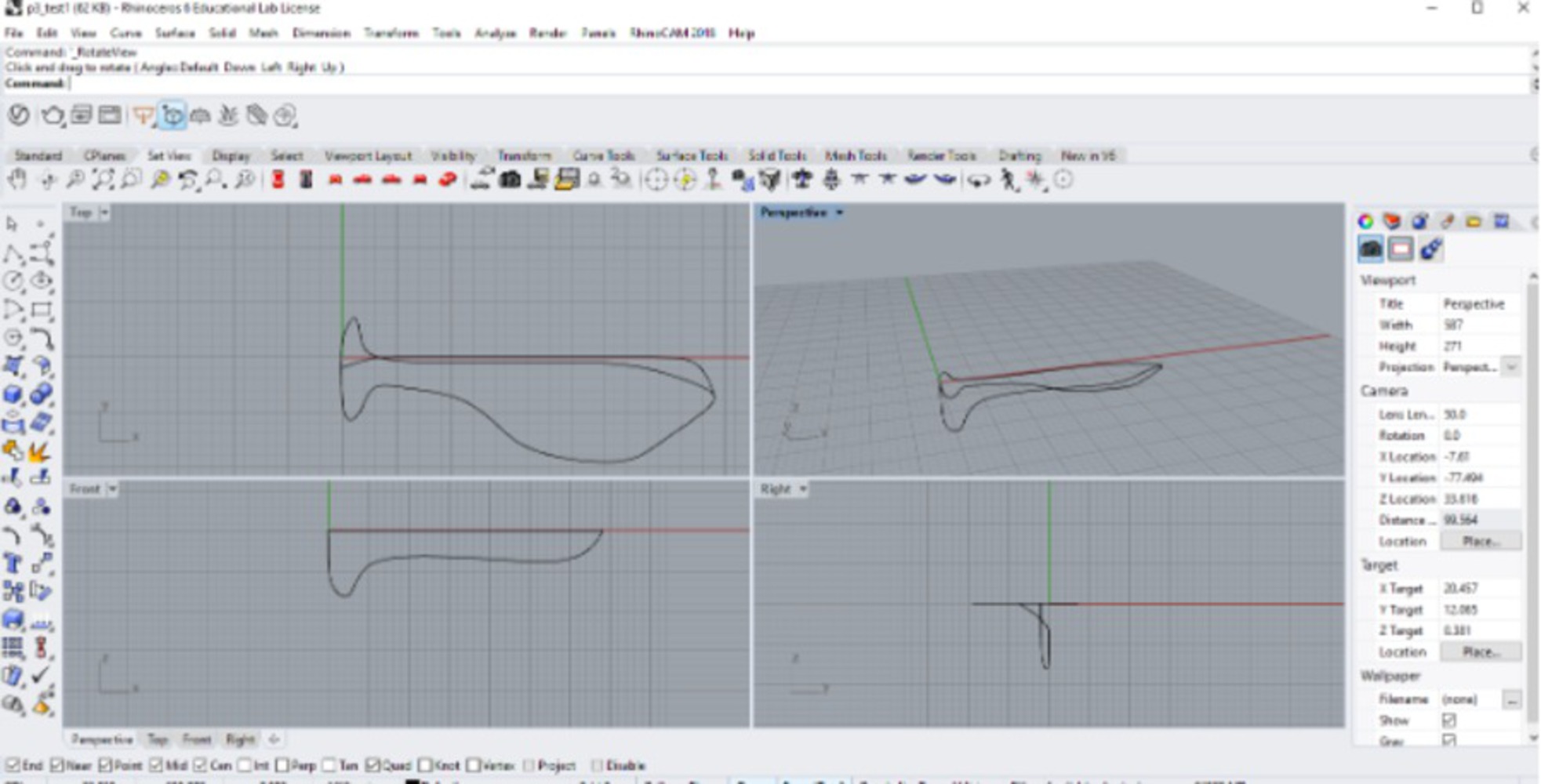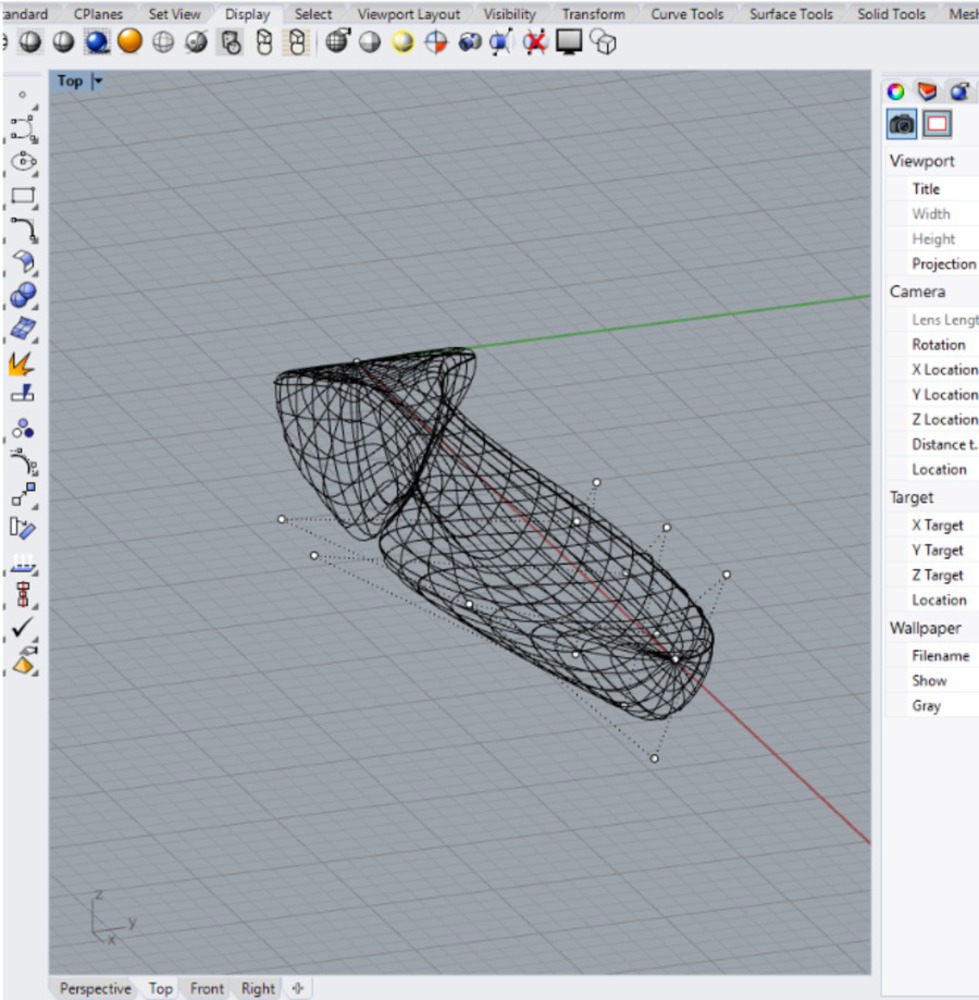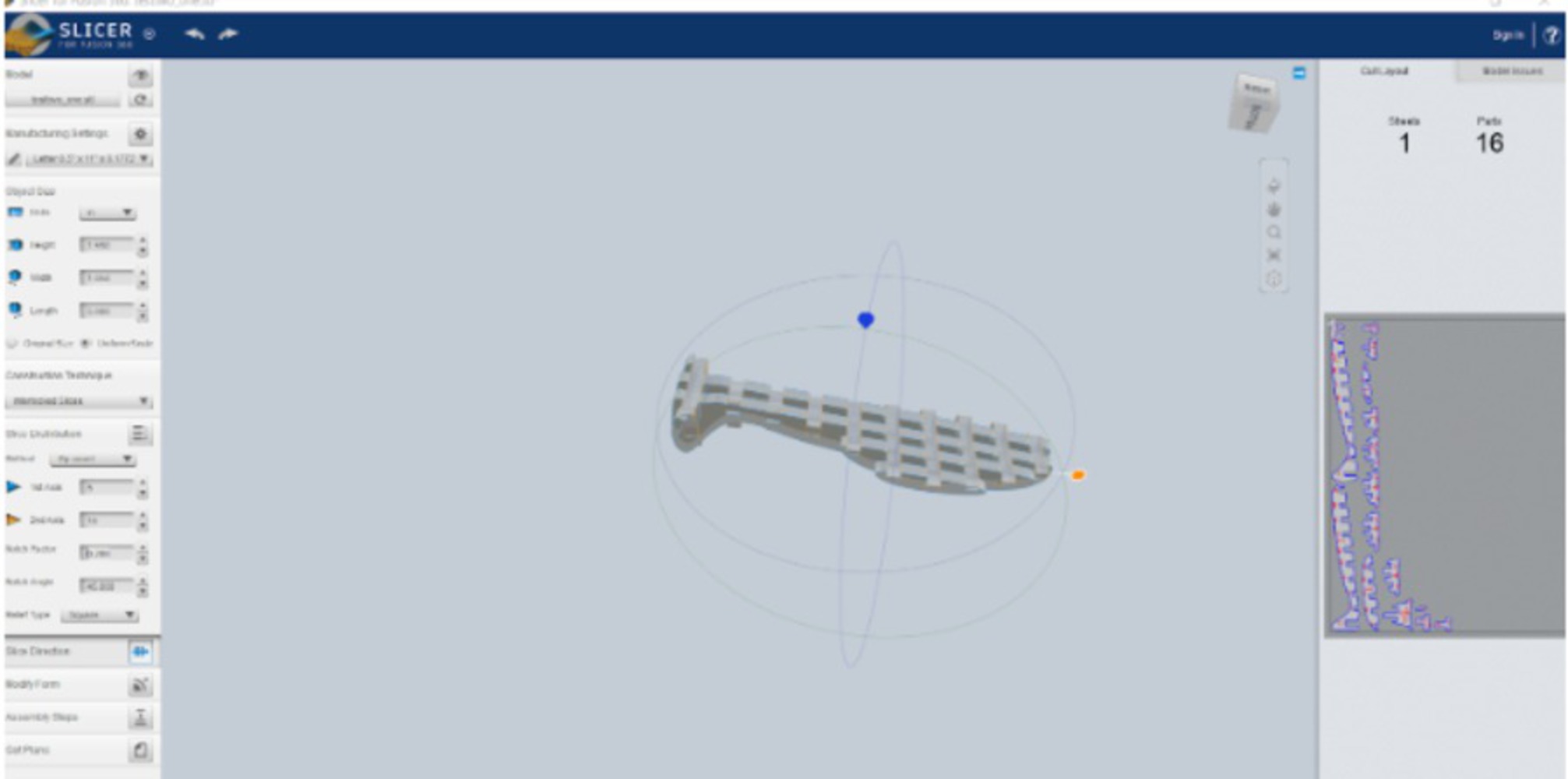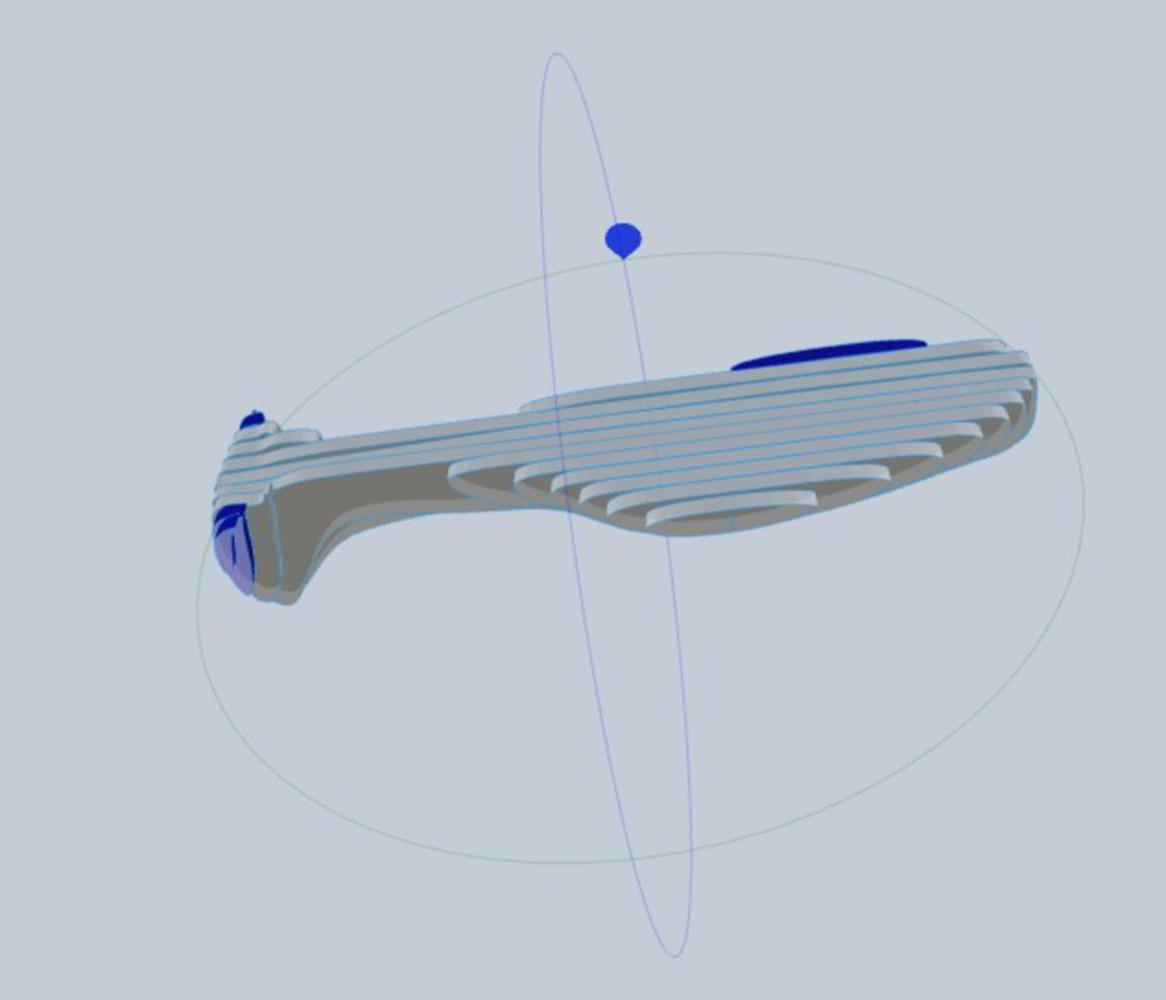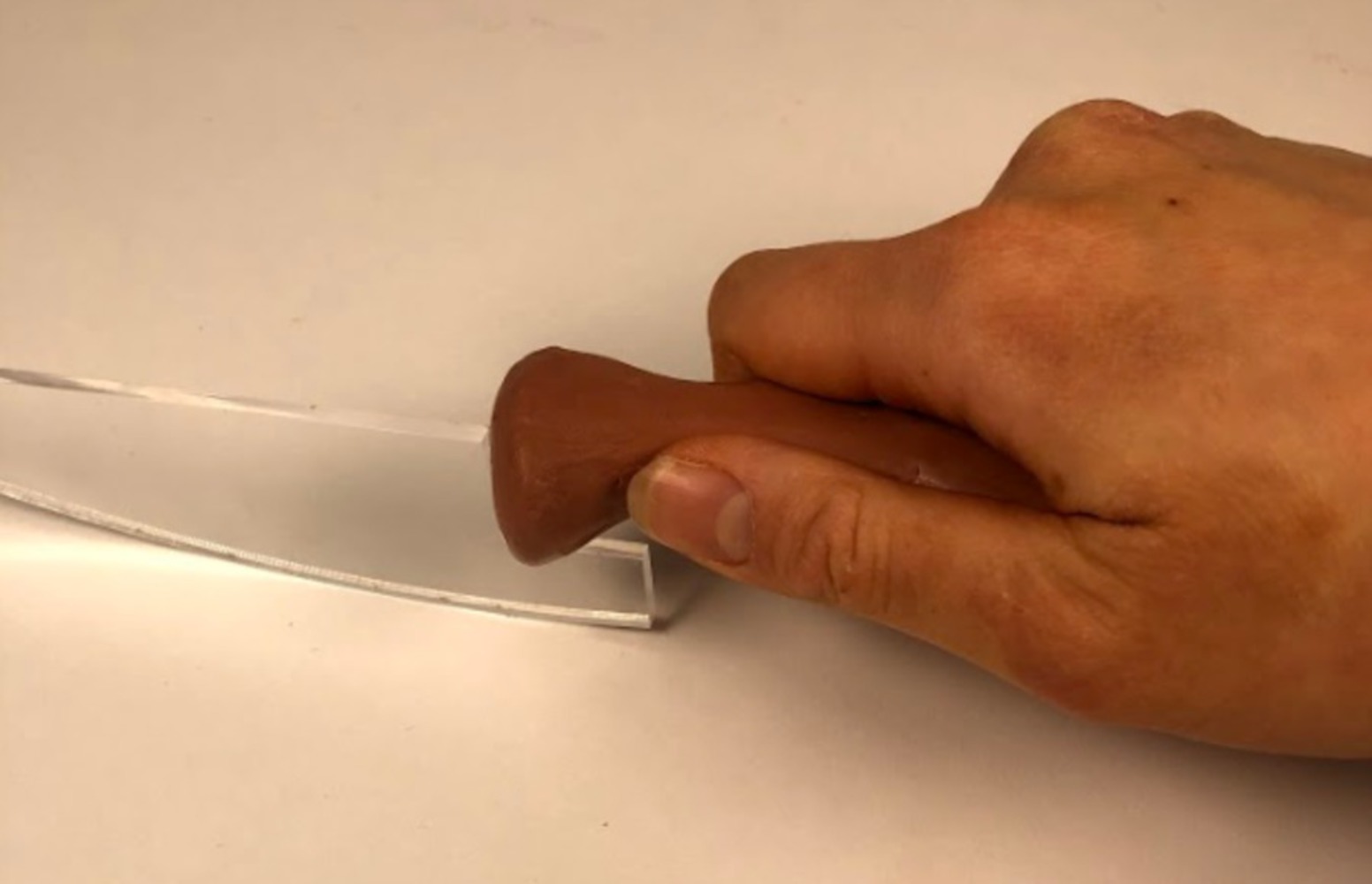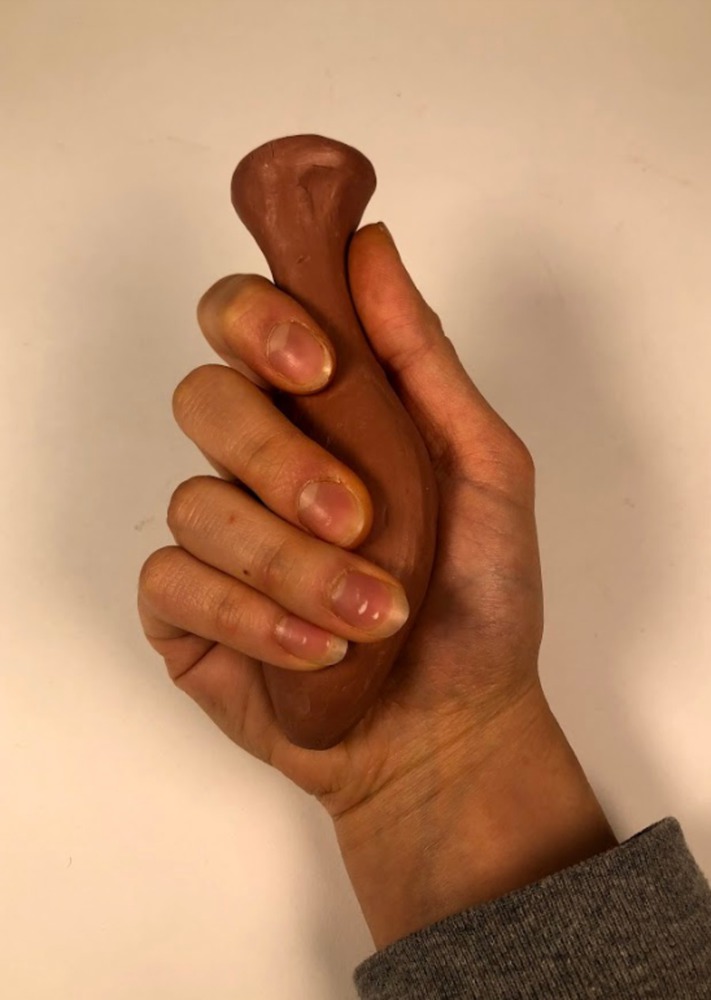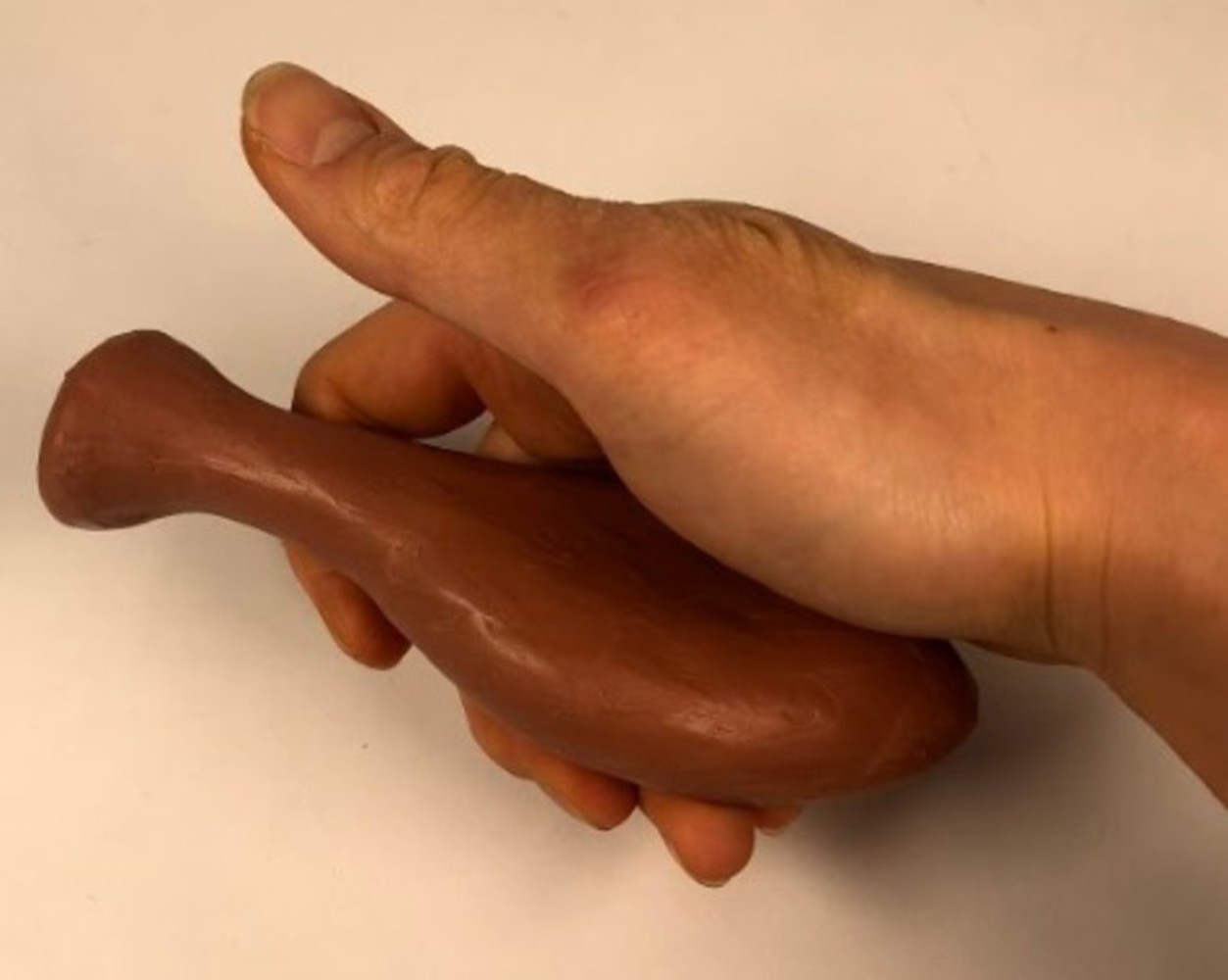The Why:
The grip I’m improving is a kitchen knife grip. When holding a knife, the forefinger and thumb clench the knife blade which reduces buckling, and the downward force of the blade comes from the palm of the thumb. The middle, ring and pinky fingers grab around the handle to provide additional stability. I really enjoy cooking, so the kitchen knife is something important and used daily in my life. After longer periods of use, or if I have a tough piece of meat to cut, my index finger would hurt from the blade digging into the segment closest to my palm. Below is my initial brainstorming page.
